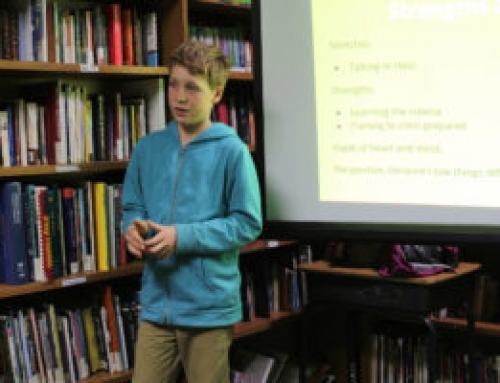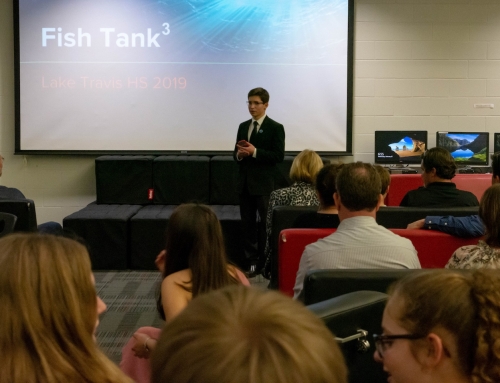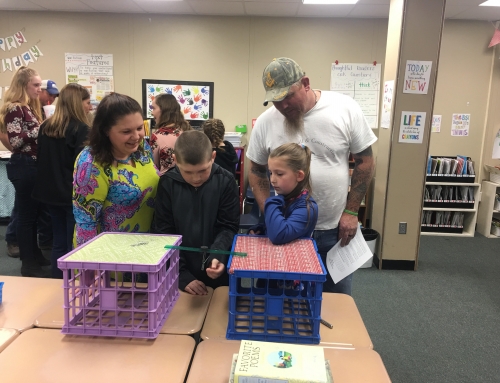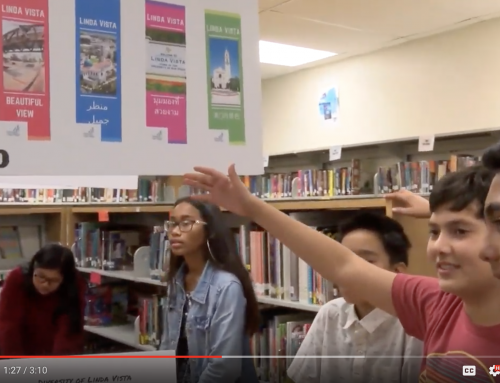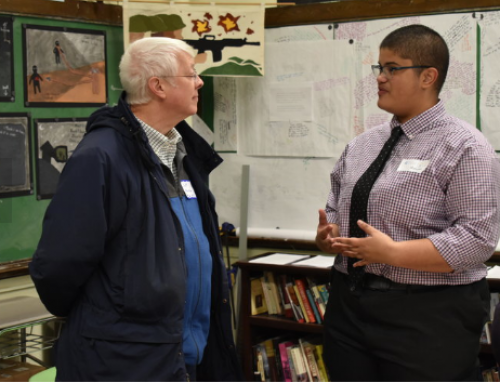What is a Presentation of Learning and Why Do We Do It?
Alec Patton
A Presentation of Learning (POL) requires students to present their learning to an audience, in order to prove that they are ready to progress. Effective POLs include both academic content and the student’s reflection on their social and personal growth. They are important rituals – literally “rites of passage” for students.
At my school, every student gives two POLs per year – one at the end of fall semester, and one at the end of the year. They happen at the same time that most schools have their final exams, and serve a similar function. However, unlike exams, POLs happen in front of an audience that includes their teachers, parents, and peers. By requiring students to present to an audience, reflect on their learning, and answer probing questions on the spot, we are helping students build skills that they will use for the rest of their life. Taking an exam, on the other hand, is a skill that students will rarely, if ever, need to utilize after they finish college.
Every team’s POL expectations are slightly different, but they all fall into one of two broad categories: “presentation” or “discussion”.
Presentation
The presentation is the “classic” version of the POL. A student gives a prepared presentation on their own, and takes questions. Designing a POL structure is a balancing act for the teacher: require students to cover too much material, and every one of your students will march in and recite a near-identical list of assignments completed and skills learned. On the other hand, make the requirements too open-ended and the POL can become an empty facsimile of reflection – or, as students have described it to me, “BS-ing”!
I once saw a POL assignment that included the phrase “it has to have some magic”, which students were free to interpret as they saw fit. It led to unpredictable and delightful presentations, and inspired more thought and extra work than any rubric could have.
Discussion
The “Discussion of Learning” trades the presentation structure for a seminar structure: a small group of students facilitates their own hour-long discussion, with the teachers initially just listening, then adding questions to enrich and drive the discussion. The parents are invited in for the final fifteen minutes, when the students summarize the discussion thus far and invite the parents to participate.
In my experience, this format tends to lead to meatier, more honest reflection than presentations. Especially when students are allowed to choose their own groups, they tend to make themselves more vulnerable than in other contexts. This format also opens up a space for students whose voices aren’t always heard in the classroom. The most memorable POL I’ve ever been a part of was a discussion by a group of girls, all them native Spanish speakers, who talked about having been made uncomfortably aware of their accents by peers, and struggling to make their voices heard within our team. It was powerful, effective, thoughtful – everything I would have wanted from a POL, but it never would have happened if the structure had been different.
Which format should I choose, and when?
Students will be best-served by experiencing both the “presentation” and “discussion” format at some point in their academic careers.
I like to end fall semester with a presentation, because individual presentations give me the clearest sense of which skills a student has successfully developed, and what they will need more help with in the coming semester. I then end the year with a discussion, because at this point I know the students very well, and in a small-group setting we can speak frankly both about their successes, and the potential problems they will face in the coming year. I end this discussion with every student setting goals for the summer and coming year that I record and email to the student and their parents, so that they leave my class with the best possible trajectory into the future.

